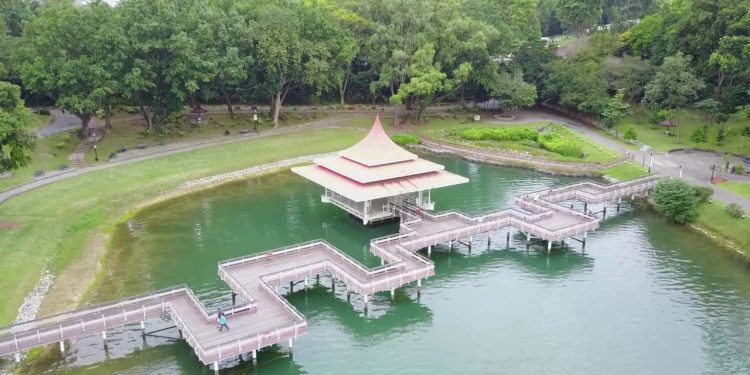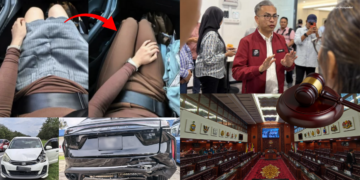The electoral boundaries committee has been set up, said the Elections Department on Wednesday (Sept 4).
What is the Electoral Boundaries Review Committee?
The Electoral Boundaries Review Committee (EBRC) is responsible for reviewing and redrawing electoral boundaries ahead of General Elections (GE). These electoral boundaries will subsequently determine where political candidates can run, and how many. Traditionally, the formation of the EBRC has been seen as a precursor to a GE.
The EBRC is appointed by the Prime Minister, who sets its guidelines or terms of reference. In its media release, the Elections Department said the committee has been directed to further reduce the average size of the Group Representation Constituencies (GRCs) and to have more than the current 13 Single Member Constituencies (SMCs).
Why is the Electoral Boundaries Review Committee so controversial?
In recent decades, critics have accused the ruling PAP of unfair electoral practices to maintain its significant parliamentary majority. Among the complaints are that the government uses gerrymandering.
The Elections Department is established as part of the executive branch under the Prime Minister’s Office, rather than as an independent body as done in other countries. The Prime Minister is also not required to announce when the committee has been formed, unless asked in Parliament.
Critics charge that a non-independent Elections Department gives the incumbent party the power to decide polling districts through electoral manipulation, based on poll results in previous elections. There hasn’t been any concrete evidence of this taking place in Singapore. Despite this, there remains a lack of transparency in how the EBRC reviews and redraws electoral boundaries and critics point to past anecdotal evidence of swing districts like Cheng San GRC, Eunos GRC, and Joo Chiat SMC being absorbed to other districts after being narrowly won by the PAP.
Why is Serangoon Central in Marine Parade GRC?
Another criticism of the EBRC’s work is that electoral districts drawn up often don’t follow their actual geographic positions. This has only lent support to the “gerrymandering argument”.

Some notorious examples of electoral districts that don’t follow their geographical locations include the following:
Serangoon Central (area around Serangoon MRT) is part of Marine Parade GRC despite being over 10km away from the actual Marine Parade neighborhood.
Approximately half the neighborhood of Hougang is part of Ang Mo Kio GRC.
The entirety of Punggol East SMC is located in Sengkang.
Half the Tanjong Pagar neighborhood lies in Jalan Besar GRC.
Up till 2011, the area of Upper Thomson Road near MacRitchie Reservoir was part of Tanjong Pagar GRC being 13km away Tanjong Pagar.
Every review of electoral boundaries has a significant impact on the electorate. Approximately one in five voters in GE2015 found themselves redrawn into new districts. In GE2011, this proportion was nearly 30 percent. Electoral boundaries have also undergone frequent changes – far more than other democracies – even in instances where population levels have remained stable. The EBRC is not required to provide detailed reasons to explain why a district has been redrawn.
Poor electoral freedom ranking
Unsurprisingly, this lack of transparency in how electoral boundaries are determined has contributed to Singapore having one of the lowest levels of electoral freedom in the world according to the NGO group, Foundation for the Advancement of Liberty.
In a 2018 report, Singapore was ranked 173 out of 198 countries in electoral freedom – below countries like Myanmar, Iran, Russia, and Afghanistan. Singapore was also an outlier – the only advanced economy that ranked in the bottom 20 percent of countries.





